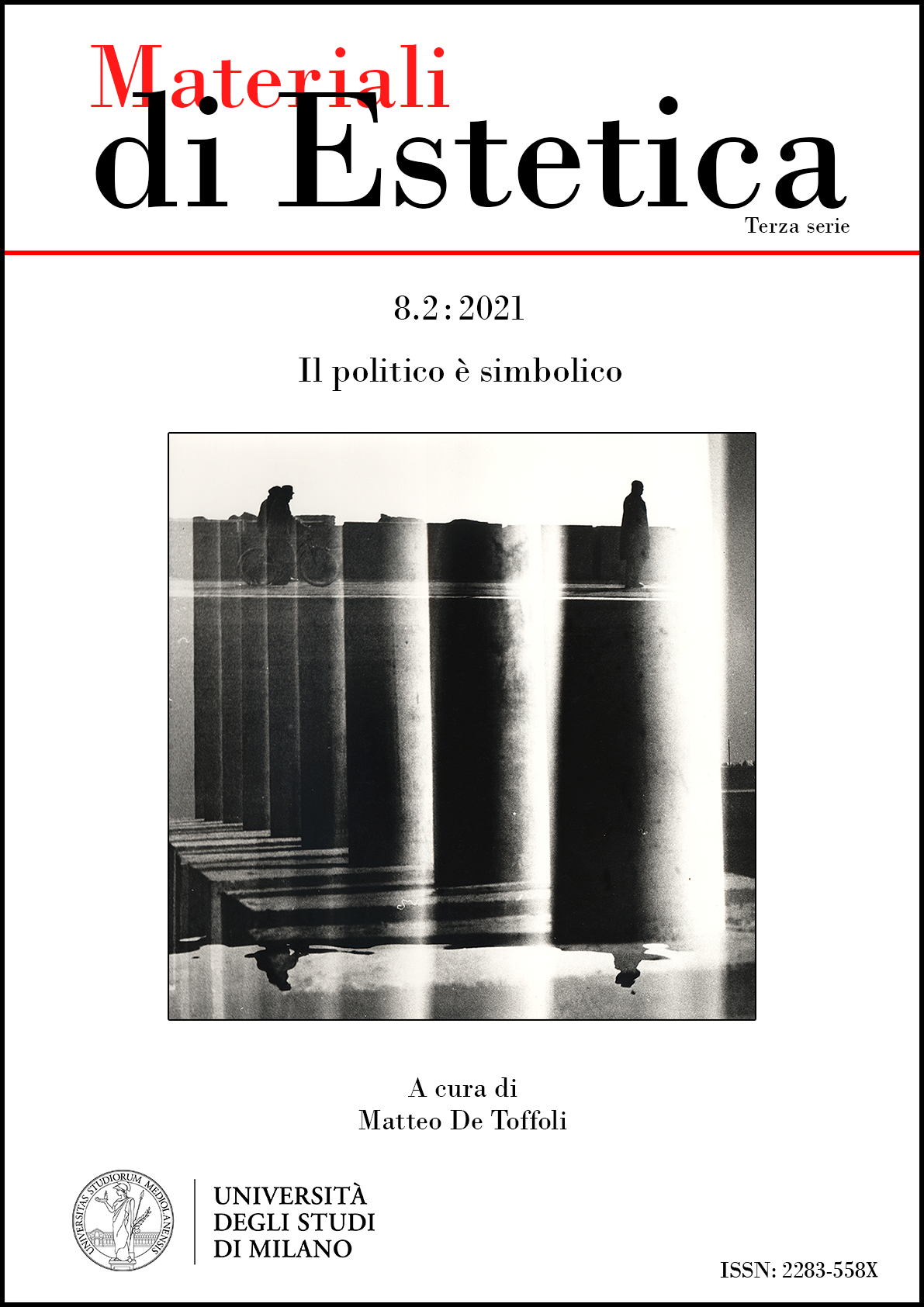Symbolism and National Identity in Carl Durheim’s Photographic Work
DOI:
https://doi.org/10.54103/mde.i8.2.16985Parole chiave:
Switzerland, Symbols, Portrait Photography, ClothingAbstract
In this article I explore the work of Carl Durheim (1810-1890) as a production of highly symbolic imagery geared toward the visual creation of the Swiss national identity in the wake of the establishment of the Confederation in 1848. After providing some background about Durheim and the early history of photography in Switzerland I focus on Durheim’s pictures of the so-called Heimatlose (vagabonds), which were commissioned by the Police and Justice Department in Bern. I argue that these pictures cannot be interpreted merely as mug shots taken in order to reproduce the identity of the depicted subjects; rather, using the rhetorical force of photography, these images projected onto the Heimatlose the ideal of the new Swiss society, based on bourgeois values and clearly demarcated from everything foreign through an idealized operation of drawing geographical and social borders.






